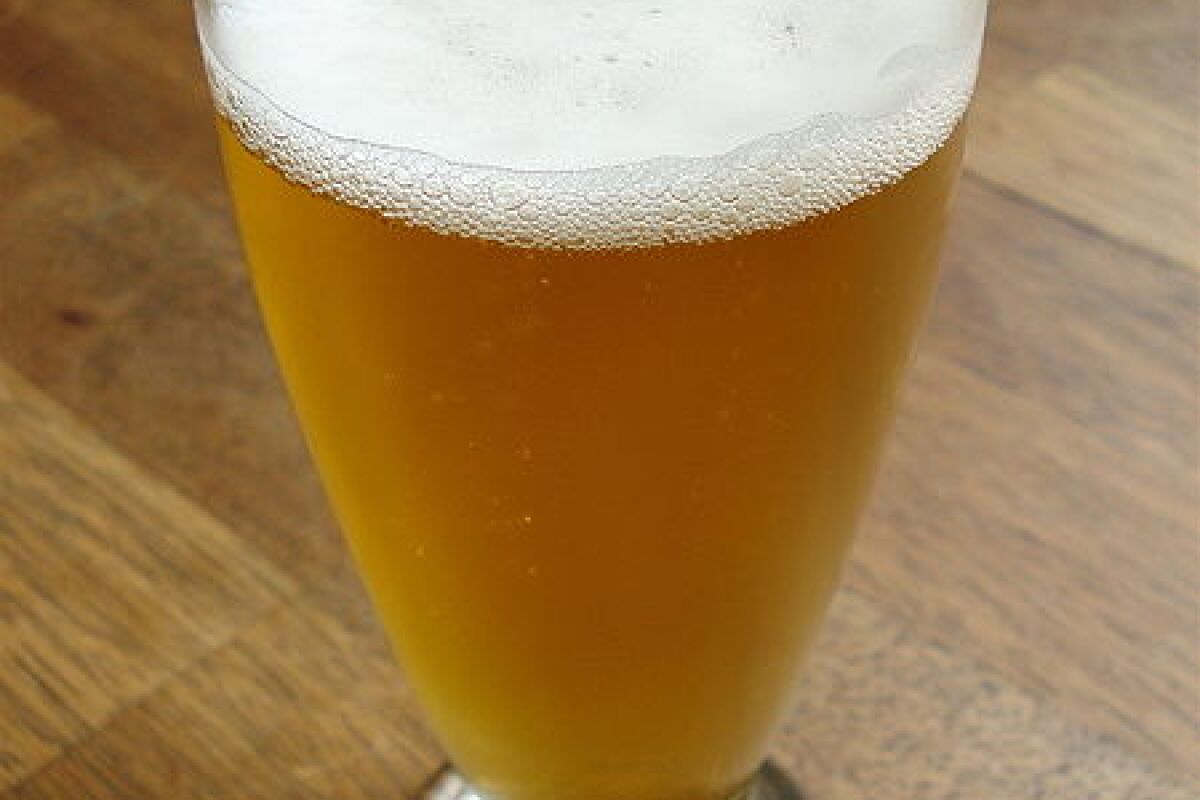Light beers are often promoted as being “light-tasting,” but light-tasting beer certainly isn’t to everyone’s liking. Many people go for light beers only because they’re watching their weight, but would still prefer a beverage that was dark and full of flavor. Those people will doubtless be glad to hear that the European Union is investing 3.4 million Euros (about US$4,183,835) in a yeast research program, aimed at producing new products for the food industry. One of the possible outcomes of the research - tastier light beers. Hurray for science!
The project will start next January and continue for four years. The research will be carried out by a consortium of 11 research institutions, coordinated by Jure Piskur, a molecular biologist from Sweden’s Lund University. Not only will the researchers be looking at new species of yeast for better tasting food, they will also be looking into producing healthier, probiotic foods.
Yeasts are found anywhere in nature that they can gain access to sugar. There are approximately 1,000 identified species, although scientists involved in the study expect at least 10,000 new species to be discovered in the near future. Yeasts have existed for millions of years, so they have had plenty of time to evolve along very different lines. According to Piskur, "The difference in genetic make-up between different yeast species is actually larger than the difference between fish and humans."
Given that individual yeasts can lend their own distinct qualities to foods and drinks, and that we’re currently only utilizing a small percentage of the existing species, the possibilities are exciting. Humans actually did use a wider variety of yeasts in the past, when we more commonly utilized a process called spontaneous fermentation - instead of using carefully cultivated yeasts, foods were left to ferment via whatever wild yeasts happened to be present in the environment. This is how lambic beers are still made, but over the years more controlled fermentation processes have become the norm.
Besides hopefully creating better food and drink, the project will also involve establishing a research school, where students can train to become yeast experts.





